Your cart is currently empty!
Nepal Prime Minister Resigns Following Deadly Protests That Claimed at Least 19 Lives
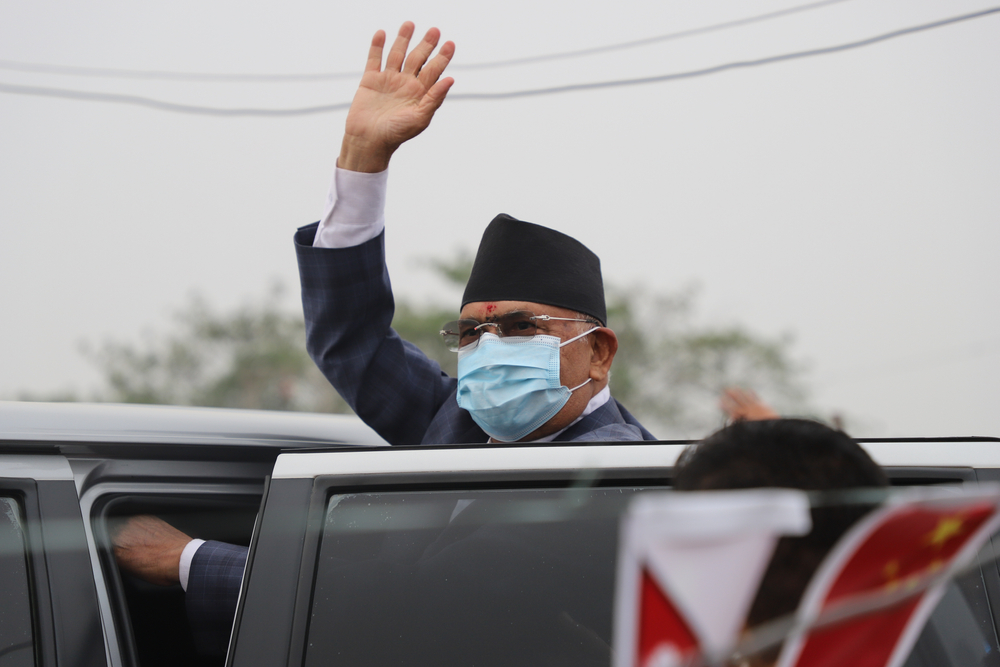
In early September 2025, Nepal was rocked by some of its worst unrest in decades. A government decision to temporarily ban 26 major social media platforms ignited a youth-led uprising that quickly expanded into a nationwide anti-corruption movement. Within two days, violent clashes with police left at least 19 protesters dead, hundreds injured, the parliament building in flames, and Prime Minister KP Sharma Oli announcing his resignation. The crisis captured global attention, with international organizations urging calm and young Nepalis vowing that their generation would no longer accept political stagnation, nepotism, or impunity.
What began as anger over online restrictions rapidly snowballed into a deeper reckoning with the country’s fragile democratic system, entrenched corruption, and generational divides. This article explores the roots of the unrest, the dynamics of the protests, the state’s violent response, and the potential implications for Nepal’s democracy and stability. By expanding on historical context, regional consequences, and expert analysis, we can better understand why Nepal’s Gen Z moment may prove to be a turning point for the Himalayan nation.
The Long Road To Eruption
Nepal has been politically unstable since the monarchy’s abolition in 2008. The country has cycled through 13 governments in less than two decades, none of which completed a full five-year term. Each new administration promised reform, but repeated failures left citizens jaded. In addition, corruption scandals involving political elites became an almost routine feature of governance. Investigations often stalled, while politicians’ children nicknamed “nepo kids” online flaunted luxury lifestyles far beyond the means of their parents’ modest official salaries.
The broader population, particularly the youth, faced a bleaker reality. According to World Bank data, youth unemployment hovered around 20% in 2024. Thousands of Nepalis migrated abroad every year to work in the Gulf or Malaysia, often under exploitative conditions.
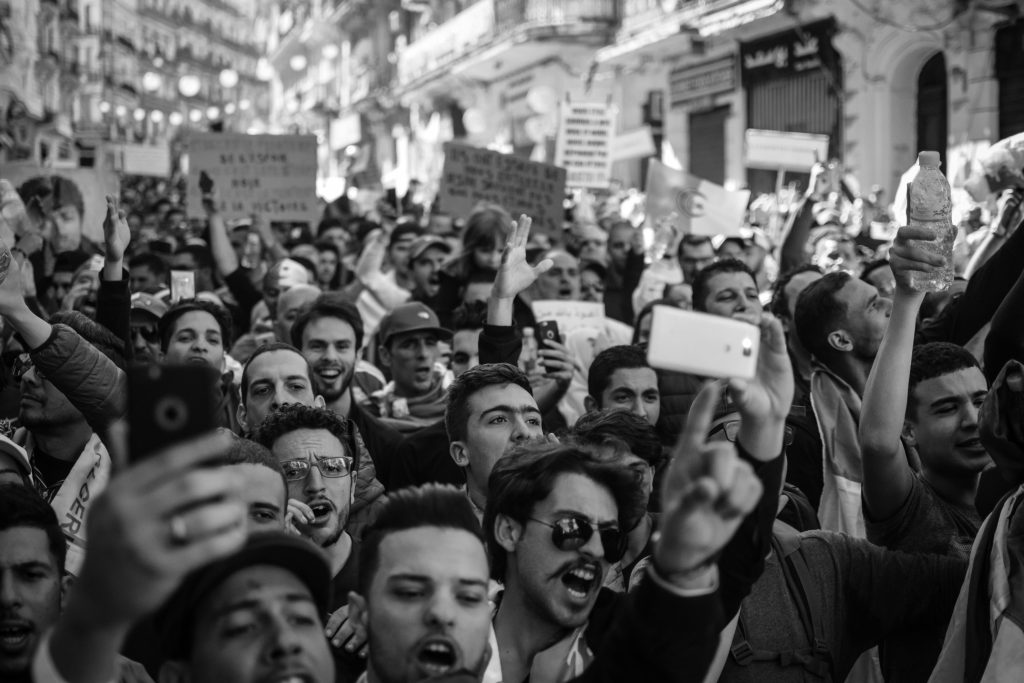
At home, opportunities were scarce, wages stagnant, and corruption endemic. For a generation that had grown up in a nominal democracy, the gap between the lives of political elites and ordinary citizens was stark.
The social media ban became a trigger precisely because these platforms served as lifelines. They were spaces for self-expression, activism, small-scale entrepreneurship, and information-sharing in a country where state media and political messaging dominate television and newspapers. Shutting them down was seen not just as a technical policy but as a silencing of youth voices an attempt to curtail criticism. It transformed latent discontent into active resistance.
Censorship Meets Generational Anger
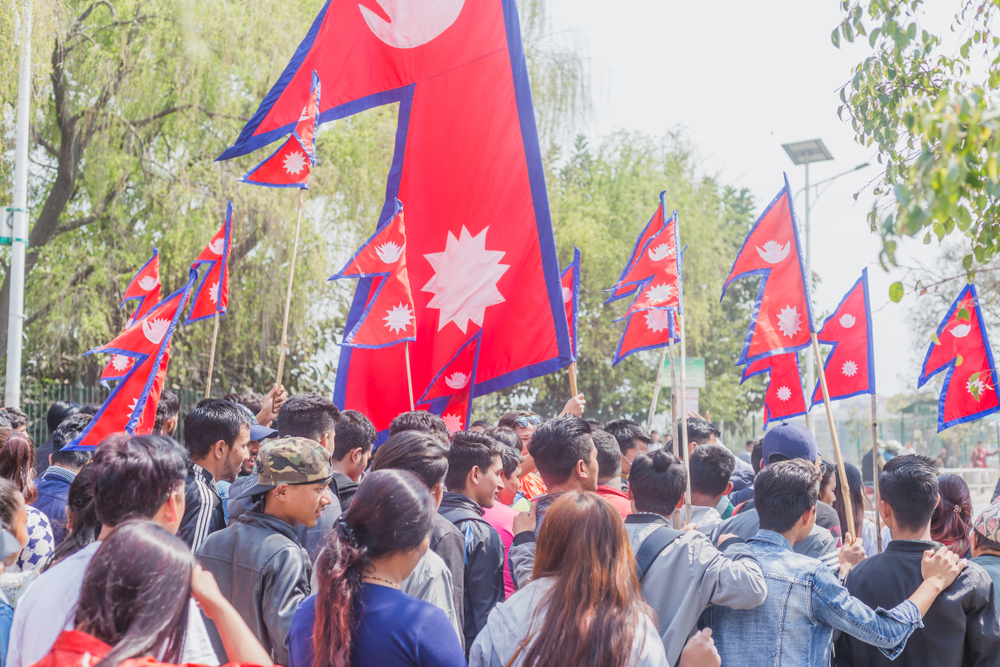
The government justified its ban as an effort to combat misinformation, hate speech, and online scams. Officials claimed platforms had failed to register under new regulations. Yet for most Nepalis, particularly those under 30, the timing felt suspect. Weeks of viral posts mocking “nepo kids” had embarrassed ministers and fueled conversations about corruption. The ban looked more like retaliation against dissent than regulation.
Young people were quick to mobilize. Using VPNs, encrypted messaging, and offline networks, they spread word of planned demonstrations. On Monday, September 8, thousands of students, gig workers, and young professionals gathered in Kathmandu carrying placards that read “End Corruption” and “No Nepo Politics.” They were joined by labor unions and civic activists, creating an unusually broad coalition.
The protests were infused with generational energy. Chants were laced with slang, graffiti carried memes, and music blared from portable speakers. Yet the demands were serious: transparency in governance, accountability for corruption, and a voice for young people in shaping Nepal’s future. As one 20-year-old student told the BBC, “It is high time our leaders change, because we need change.”
The Crackdown: State Violence Fuels Outrage
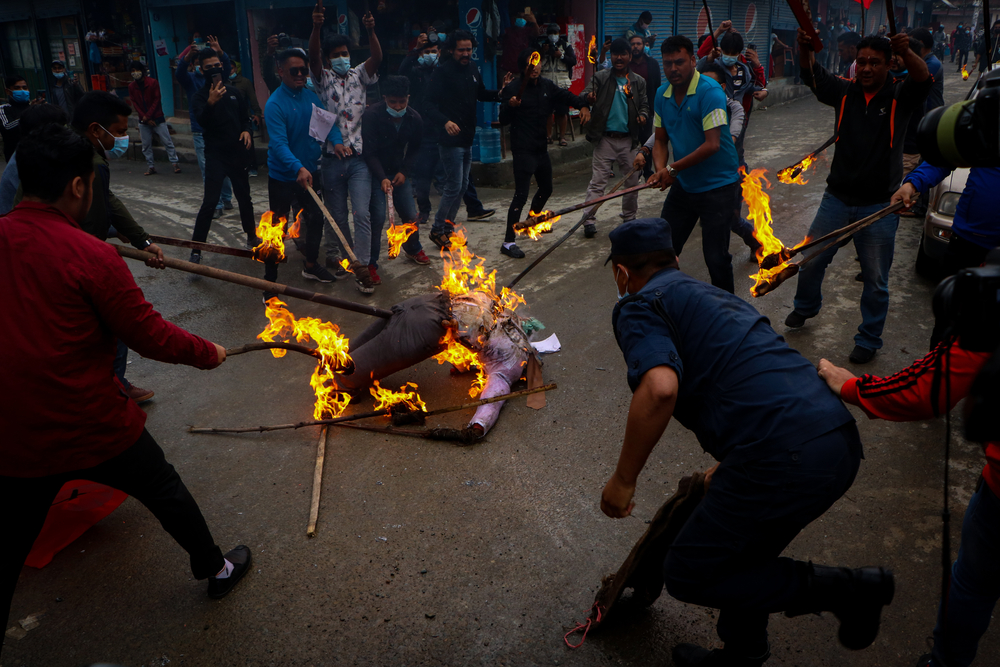
What could have remained a noisy but peaceful protest escalated dramatically when police attempted to disperse crowds with tear gas and rubber bullets. As demonstrators pushed back, security forces opened fire with live ammunition in some areas. Hospital reports confirmed dozens of gunshot injuries; 19 people were declared dead by the end of the day.
The violence shocked the country. Families mourned young sons and daughters killed in the streets. Survivors shared testimony of bullets tearing through their legs or arms while they chanted peacefully. Amnesty International and human rights lawyers denounced the crackdown as unlawful. UN human rights chief Volker Türk said he was “appalled” by the disproportionate use of force and demanded immediate investigations.
For many Nepalis, the killings transformed a protest into a national trauma. Anger was no longer about censorship or nepotism alone; it was about a state willing to shoot its own youth. Instead of dissipating, the protests multiplied. Demonstrations erupted in multiple districts, diaspora groups rallied abroad, and solidarity marches spread across the country.
The Storming Of Institutions

On Tuesday, September 9, the protests reached their zenith. Thousands stormed Kathmandu’s Singha Durbar administrative complex, smashing windows, breaking down gates, and eventually setting fire to parts of the federal parliament. Videos showed smoke rising from the historic building as crowds waved the national flag and chanted slogans around bonfires.
Other political symbols were also attacked: the homes of senior ministers, party offices, and even the residence of President Ramchandra Paudel. In western Nepal, prisons were breached and hundreds of inmates escaped when guards fled the chaos. Protesters torched media houses accused of collusion with the political class, forcing outlets like The Kathmandu Post to rely on social media accounts after their servers were destroyed.
Although jubilant scenes were reported with young people dancing and chanting in the gutted parliament the destruction also unsettled many citizens. Analysts warned that without clear leadership or demands, the uprising risked sliding into anarchy. As one journalist in Kathmandu observed, “For now, there seems to be no one in charge.”
The Resignation Of KP Sharma Oli
Prime Minister KP Sharma Oli, a four-time premier and longtime communist leader, had positioned himself as a strongman capable of stabilizing Nepal. His career spanned decades, from imprisonment during the monarchy to leadership roles after the abolition of the king in 2008. Despite pledges to fight corruption, his government was plagued by scandals and accusations of cronyism.
On Tuesday afternoon, as fires still burned in the capital, Oli submitted his resignation to President Paudel. He wrote that he stepped down “to facilitate a constitutional solution to the current crisis.” His home had already been attacked and partially burned. Several of his ministers had resigned earlier, citing moral responsibility for the deaths. The resignation, while celebrated by protesters, did not immediately calm the streets.
Oli’s departure created a political vacuum. With parliament vandalized, ministers in hiding, and the army threatening to intervene, the country appeared leaderless. President Paudel began consultations to appoint a new leader, but no clear successor had broad legitimacy. Some demonstrators demanded the entire government dissolve, raising fears of deeper instability.
International And Regional Reactions
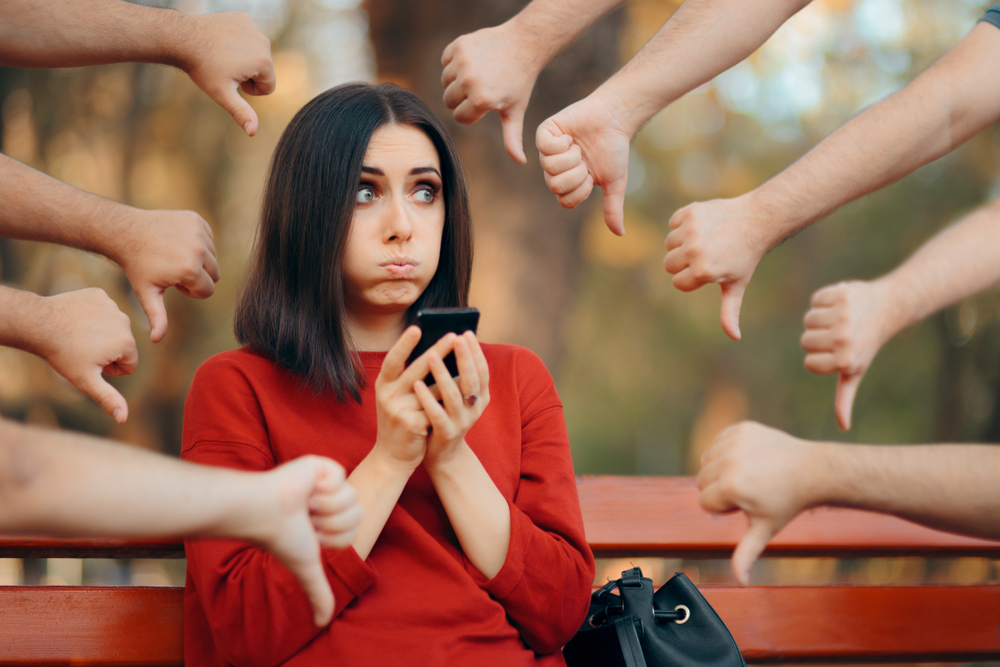
The violence and chaos drew immediate global concern. The United Nations urged both sides to de-escalate and demanded independent investigations into the killings. António Guterres, the UN Secretary-General, stressed that freedom of expression and peaceful assembly must be respected. Amnesty International and Human Rights Watch condemned the unlawful use of lethal force.
Neighboring India reacted swiftly, tightening security along its border and suspending flights to Kathmandu. Indian officials were wary of instability spilling across the frontier, especially given Nepal’s geopolitical position between India and China. Regional analysts warned that the crisis could create openings for external influence, particularly if Nepal’s institutions falter.
The international response underscored the stakes: Nepal’s democratic experiment, admired globally after its transition from monarchy, now looked fragile. If violence escalated, it risked reversing years of democratic gains and destabilizing a strategically sensitive region.
Historical Echoes: Protest, Monarchy And Democracy
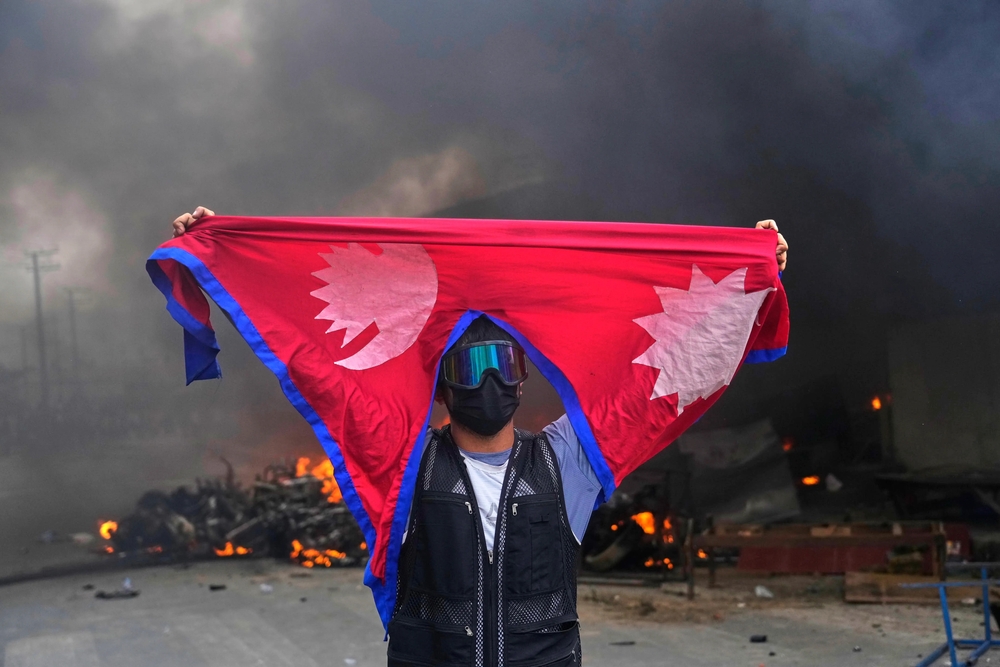
Nepal’s Gen Z protests are not without precedent. In 1990, mass demonstrations forced King Birendra to restore multi-party democracy. In 2006, protests ended the monarchy itself, leading to Nepal’s transformation into a republic in 2008. Each time, popular mobilization reshaped the political order. Yet each time, the promise of stability and transparency faltered.
Since 2008, governments have repeatedly collapsed before completing their terms. Corruption allegations dogged nearly every administration. While the constitution of 2015 sought to create a federal republic, implementation has been uneven. For young Nepalis who grew up after the monarchy, democracy has not delivered on its promise. Instead, they see recycled leaders, opaque deals, and rising inequality.
This historical backdrop explains the depth of frustration. For Gen Z, the protests were not only about today’s leaders but about an entire system that has failed to deliver accountability since their birth.
Possible Pathways Out Of Crisis
Nepal now faces three interconnected challenges: stabilizing the streets, investigating state violence, and charting a credible political transition. Each is fraught with risk.
1. Transitional leadership. President Paudel must appoint a new leader who can command broad legitimacy. Some suggest a technocratic caretaker government involving civil society figures. Others argue for fresh elections. But without rapid consensus, the risk of prolonged disorder grows.
2. Justice for the victims. Independent inquiries into the killings are essential. Protesters and human rights groups demand accountability for police commanders and ministers responsible. Without justice, grievances will deepen.
3. Structural reforms. Beyond immediate stabilization, Nepal must confront systemic corruption, youth unemployment, and lack of transparency. Genuine anti-corruption bodies, digital-era governance reforms, and youth participation in politics could begin to restore faith.
4. Avoiding militarization. The army’s warning that it may step in reflects the severity of the situation. A military takeover might restore temporary order but would undermine democracy and could provoke new resistance. Civilian institutions must remain central to resolving the crisis.
A Generational Reckoning
The resignation of KP Sharma Oli was a dramatic political moment, but it is not the end of Nepal’s crisis. Instead, it marks the beginning of a generational reckoning. For the country’s youth, who make up a significant portion of the population, the protests were an assertion that they will no longer tolerate corruption, censorship, and unaccountable governance. For political elites, it is a warning that old patterns of rotating leadership without reform may no longer suffice.
Whether Nepal can channel this anger into constructive reform will determine its trajectory for decades. If leaders embrace accountability, transparency, and inclusion, this traumatic moment could catalyze a stronger democracy. If they retreat into repression or token gestures, instability will return.
In the words of one protester outside the burning parliament: “Now, the work will be led by the youth. The files of their corruption will be exposed.” The world is watching whether Nepal’s institutions can rise to that challenge or whether Gen Z will be forced back into the streets once again.
